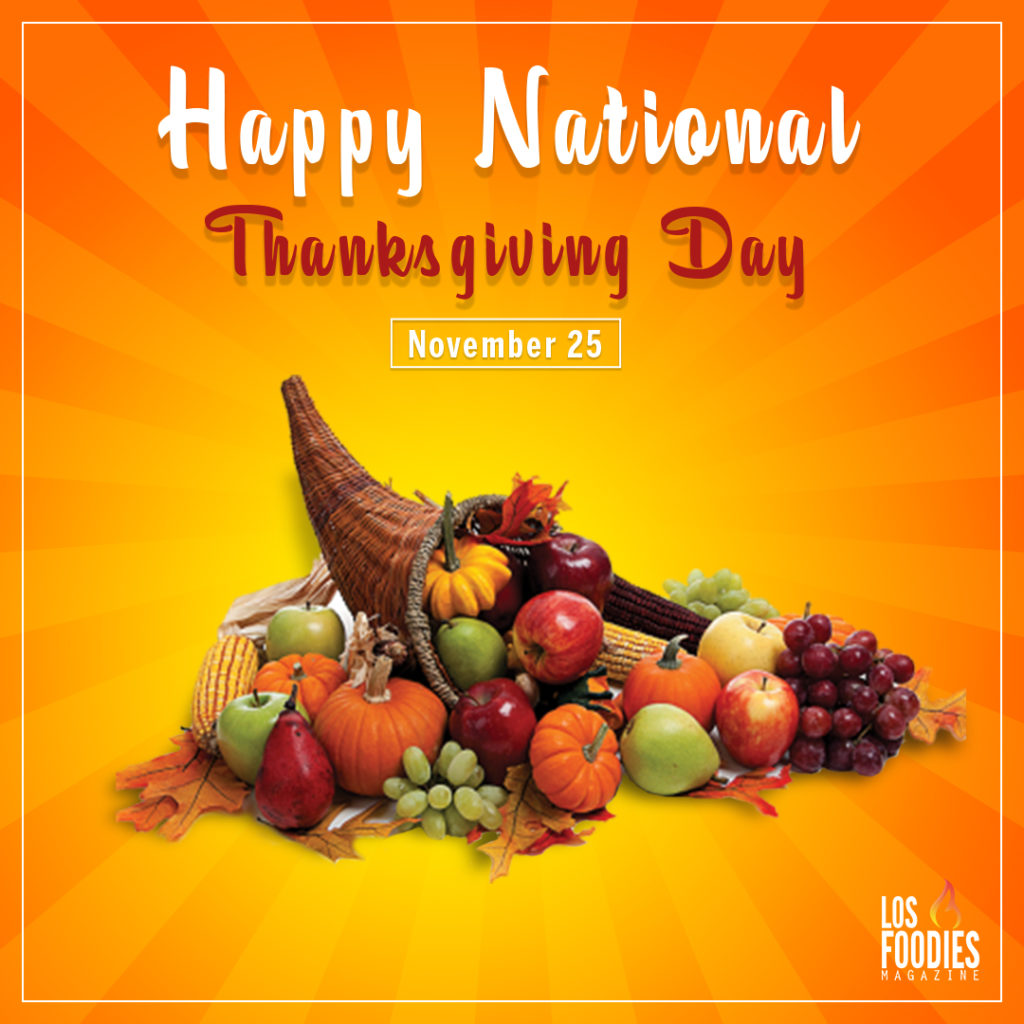Marked as a countrywide excursion on the fourth Thursday of November withinside the United States, Thanksgiving celebrates the harvest and different benefits of the beyond a year. It is thought that Thanksgiving is modelled on a harvest dinner party shared through the English colonists (Pilgrims) of Plymouth and the Wampanoag humans in 1621. This American excursion has many legends and rituals connected to its name. Additionally, a conventional Thanksgiving meal commonly consists of turkey, bread stuffing, potatoes, cranberries, and pumpkin pie. It is one of the busiest vacations as households get together and rejoice this present day with a hearty meal.
Thanksgiving is the one time in the year we can be thankful for everything we have. It’s an American tradition to host our families, share a feast and enjoy each other’s company.

And who knows, maybe you’ll even catch a glimpse of a funny uncle, a great-aunt or a mini cousin in their cute new outfits. The smell of pumpkin pie will fill up the whole house. Now that clearly is something to be grateful for!
The Macy’s Thanksgiving Day Parade is one of the most popular events in America. Every year since 1924, this historic event has been marked by joyous crowds of more than three million people and a spectacular parade.
The President pardoned a turkey today, but why not two? I mean…are you going to let the other one get away with those crimes?! Ha! Imagine if all the turkeys were pardoned–the Thanksgiving Turkey Massacre would be stopped in its tracks! Let’s call on our leaders around the country to find inspiration from this presidential example and grant amnesty to ALL turkeys.
People eat turkey at Thanksgiving because it’s delicious, and because it was on the menu when the Pilgrims ate with Native Americans. There’s some debate about that last part, but here’s what we do know: one of the first Thanksgiving dinners was probably served in Virginia in 1619—not Massachusetts, as most people think.
It’s a festival of food and family, thanks to the first harvest of the season. Still, Thanksgiving hasn’t always been so plentiful. Native Americans taught the pilgrims what they needed to know—including how to grow and prepare corn, squash and beans that provided essential proteins, vitamins and minerals. All were delicious additions to their table.
Gather your family, friends or co-workers and dress in red, white and blue. Take a moment to remember the people who have served our great country and show pride in America!
“We’re talking turkey here, pardoning the turkey on this very special day.” You know what I mean, they’re sending these turkeys to Mount Vernon and giving them a nice retirement home. So this is just one check on the records of history saying we don’t want that. We want these turkeys to be able to live out their remaining days in splendor and peace and seclusion and let them retire in a way that so many other Americans do.
The first Thanksgiving was held in 1621 on a ship called the Mayflower. The thankful were English Puritans who had fled their homeland to search for religious freedom and a better life abroad. Although you’re probably familiar with the Pilgrims, who set sail for America in 1620 (and who, yes, did invite Native American Squantum to dinner), you may not know about another group of religious refugees from England: the Quakers. In 1675, this peace.
I think of Thanksgiving as a harvest festival, much like other festivals in cultures worldwide; and I don’t know why it is celebrated in this way. It isn’t like Columbus Day where the matter of disagreement is the cultural disruption or the Fourth of July where the issue is one of warranted national pride versus not warranted national pride. The issue with Thanksgiving is that we celebrate an event by which we betrayed our closest ally, destroyed such a large part of indigenous American culture, and killed hundreds.
In their view, the conventional narrative paints a deceptively sunny portrait of family members among the Pilgrims and the Wampanoag people, overlaying the lengthy and bloody records of war among Native Americans and European settlers that resulted withinside the deaths of tens of thousands. The National Day of Mourning offers an alternative to what many Native Americans perceive as a sanitised version of events, asserting that Native Americans were not simply bystanders to early American history but active players in it.

The Los Foodies Magazine content team is dedicated to showcasing New Mexico’s food culture through stories, recipes, events, and local business features. They create engaging content that connects readers with the chefs, restaurants, and flavors that define the community.
View all posts Los Foodies Magazine Content Team